Exploring the Versatility of Curtain Walls
A curtain wall is an integral architectural feature for modern buildings, offering a blend of aesthetic appeal and functional benefits. This non-structural cladding system for buildings is primarily used to keep the weather out and the occupants in. Unlike traditional construction, the curtain wall system is lightweight and designed to span multiple floors, providing a continuous look to the facade.
Materials and Composition
The composition of curtain walls can vary, but they often include aluminum curtain walls due to their strength and lightweight properties. Glass curtain wall systems are also prevalent, offering transparency and harnessing natural light. Other materials may include stone veneer, metal panels, or louvres, each contributing to the curtain wall's ability to offer thermal insulation and weather resistance.
Types and Applications
Curtain walls come in various types, such as unitized curtain wall systems, which are pre-assembled and glazed before installation, and stick systems that are assembled piece by piece on the building itself. The glazed curtain wall, a popular choice, provides a sleek and modern look. These systems are not limited to commercial buildings; a curtain wall house design can integrate these elements for residential applications, enhancing natural light and offering expansive views.
Design Flexibility and Customization
The adaptability of curtain walls allows for customization to fit unique architectural designs. Whether it's a curtain wall revit model for a complex structure or a glass exterior walls system that curves with the building's contour, the flexibility is immense. The curtain walling can accommodate various window types, such as curtain wall window systems, which can be tailored to different opening requirements and aesthetic preferences.
Advantages and Durability
Curtain walls offer several advantages, including natural light enhancement and potential energy savings. They are designed to resist air and water infiltration, absorb sway induced by wind and seismic forces, and support their own weight. The materials used, such as glass for curtain wall systems, are selected for their durability and resistance to environmental stressors, ensuring longevity and performance.
Installation and Sustainability
While installing curtain wall systems requires precision and expertise, the process is streamlined thanks to modern construction techniques. These systems are also considered in light of sustainability, as they can contribute to a building's energy efficiency and are often made from recyclable materials like aluminum and glass.

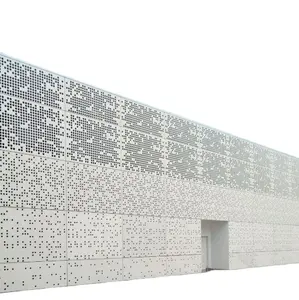



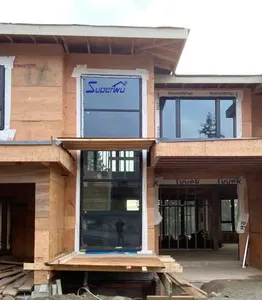

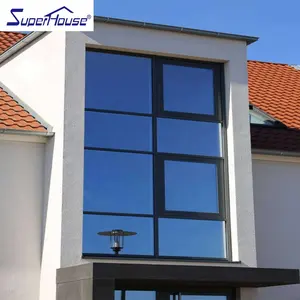

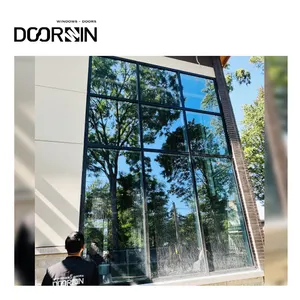



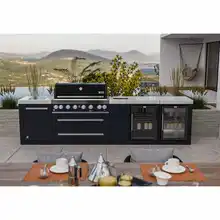
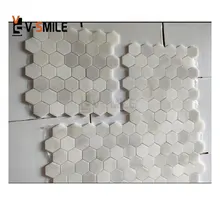

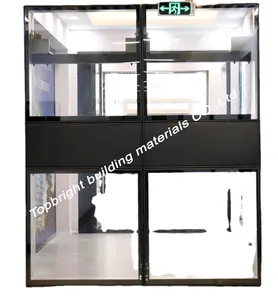


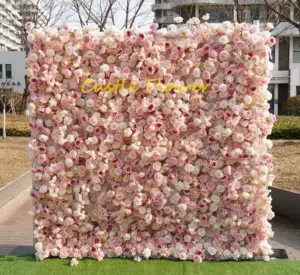
























 浙公网安备 33010002000092号
浙公网安备 33010002000092号 浙B2-20120091-4
浙B2-20120091-4